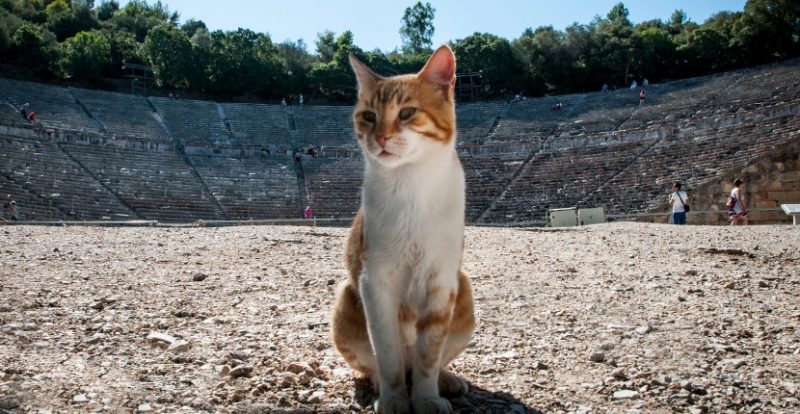In ancient Egypt, cats were venerated as the embodiment of the spirit of the goddess Bastet. So holy were even their images that when the Persians invaded Egypt in 525 BC, they adorned their shields with images of cats in the hope that the Egyptians would be reluctant to throw spears at them. The strategy worked and the Persians won the Battle of Pelusium and Egypt.
Fast forward about seventeen hundred years, and you’ll find that people in other parts of the world had quite different ideas about cats. In the 13th century, Pope Gregory IX, pope from 1227-1241, believed that cats actually carried the spirit of Satan himself within them. Since that time, black cats have symbolized bad luck, or a curse, to people not only in Europe but throughout the world.
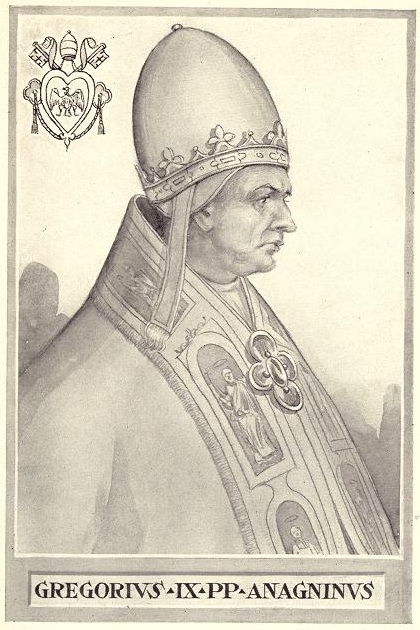
How did this come about? Many of you will have heard of the Spanish Inquisition, the men who traveled Spain in search of heretics and witches.
They browbeat and tortured people to confess their allegiance to Satan or the false doctrine of the Protestants. Well, the Inquisition was not only a Spanish affair, and the body existed in the Catholic Church hundreds of years before the Spanish went mad for burning people at the stake.
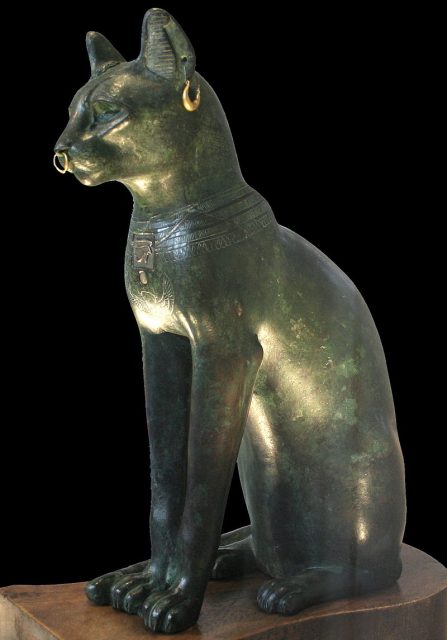
The papal inquisitor to Gregory IX was Conrad of Marburg, who had his own beliefs about cats. To back them up, he could show the Pope evidence of people who worshiped Satan and the black cats that he resided in – Marburg had confessions.
Initiates would have been approached by a giant toad as large as a dog, then a pale man would appear. The initiate would be coaxed into kissing the man, and from that moment, he/she would forget all allegiance to the Church.

According to the confessions, initiates and others took part in “black masses” to worship Satan. A statue of a black cat would come to life, walking backward through the meeting.
Each person there would then plant a kiss…well, you can guess where. Then orgies, both hetero- and homo-sexual, took place in darkness. Then candles would be lit to light the room, and a man would emerge from the corner of the meeting place. His upper body would be almost blindingly bright, but his lower body would be covered in cats fur.
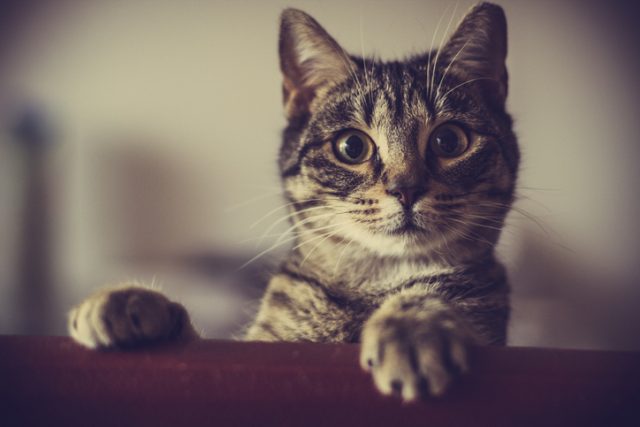
A “blessing” would be read and the meeting adjourned. Of course, these confessions came out of extreme discomfort: that is, torture. Medieval torture. No wonder every cat was seen as the Agent of Lucifer. Who knows what Conrad was smoking, if he just seized on a way to grab power, or he actually believed the confessions that he essentially fed to his victims under torture.
Conrad showed his “evidence” to Pope Gregory, who issued a papal bull (essentially laying down doctrine for the Church) entitled “Vox in Rama” or “A Voice in Ramah”, an Israeli city mentioned many times in the Bible.
In the bull, Gregory added that the devil worshipers would take the Easter Communion, but go home with the bread still in their mouths. At home, they would spit the Body of Christ into the latrine.
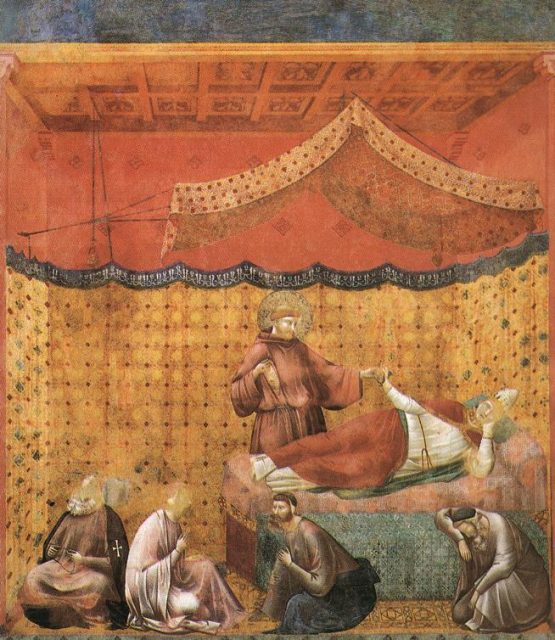
So, in 1233-34, the Catholic Church and those loyal to it (which was virtually everyone in Western Europe) began to exterminate cats. Of course, it wasn’t just innocent animals that were caught up in this atrocity, but people as well.
Thousands were accused of being witches or devil worshipers, and either tortured, killed or both. As in any persecution, neighbors turned against hated neighbors and those different from them to deflect attention and “prove” their loyalty to the Church and Gregory IX.
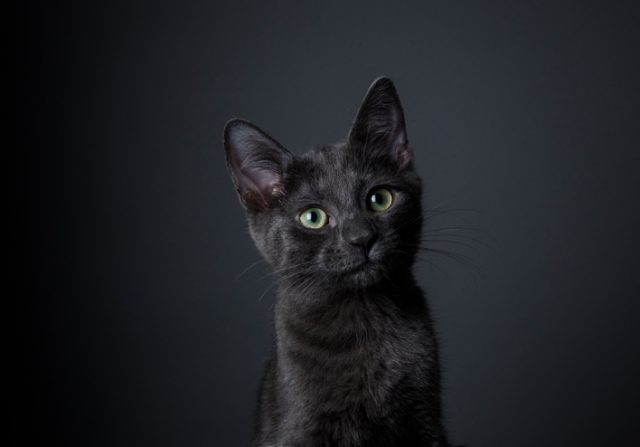
Some historians believe that the killing of so many cats was linked to the plague. The plaque didn’t just strike in the mid-1300s – it had been around for some time before, and killed people afterward.
Some attribute the killing of cats to the belief that they caused the plague, and of course, the plague came from? Yes, Satan. Actually, the killing of so many cats likely contributed to the spread of plague, as the rodents carrying them flourished without their natural enemy hunting them.
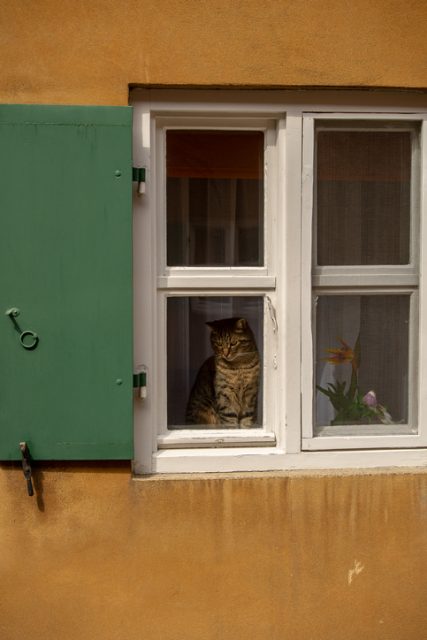
The cat genocide petered out after the death of so many and the death of Gregory, but Europe and the Church wasn’t done persecuting cats. During another witch-hunting frenzy in the late 1400s, cats were killed en masse once again as they were believed to be the familiars of witches. The pope actually ordered cats officially excommunicated – which is truly weird, but for any cats that wished to take communion, it was likely a tragedy.
The persecution of cats, or at least their images lived on in Elizabethan England, where the queen’s coronation included the burning of a cat-stuffed effigy. Yes, an effigy, probably of the devil, stuffed with live cats. The Golden Age indeed.
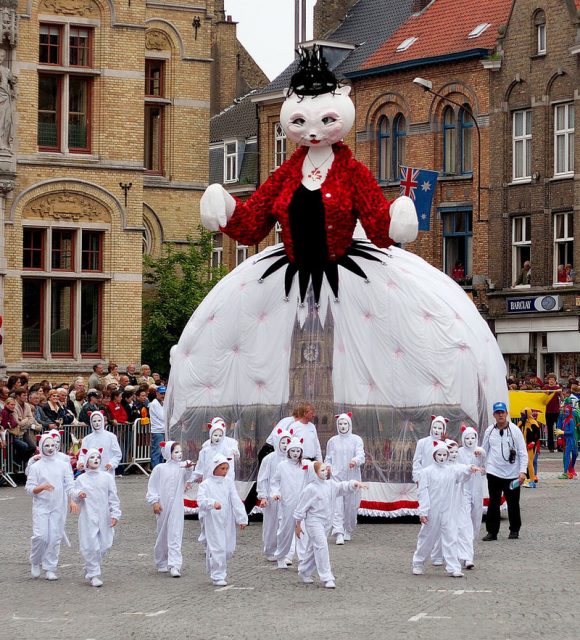
In Belgium, the “Kattenstoet” celebration, which was born in 1955 as an excuse for a parade and a way to celebrate the nation’s history, includes the throwing of a cat plush toy out of a church tower, followed by a mock witch burning. In the Middle Ages, they were real cats. Thankfully though, most of the parade celebrates the cats’ cuteness and is an excuse to party with the neighbors and the kids.
Read another story from us: The Cat Who Single-Handedly Rendered a Species Extinct
The Catholic Church, however, isn’t done with cats (and dogs). Thankfully, it’s for a more humanitarian reason.
Citing a study that showed that in the richer countries of the world, expenditures on pets reach the billions and are fifth behind food, clothing, medicine, cosmetics as one of the West’s leading expenditures. Pope Francis recommends less buying of costumes for pets and more giving to charity. That is a bit more reasonable.
